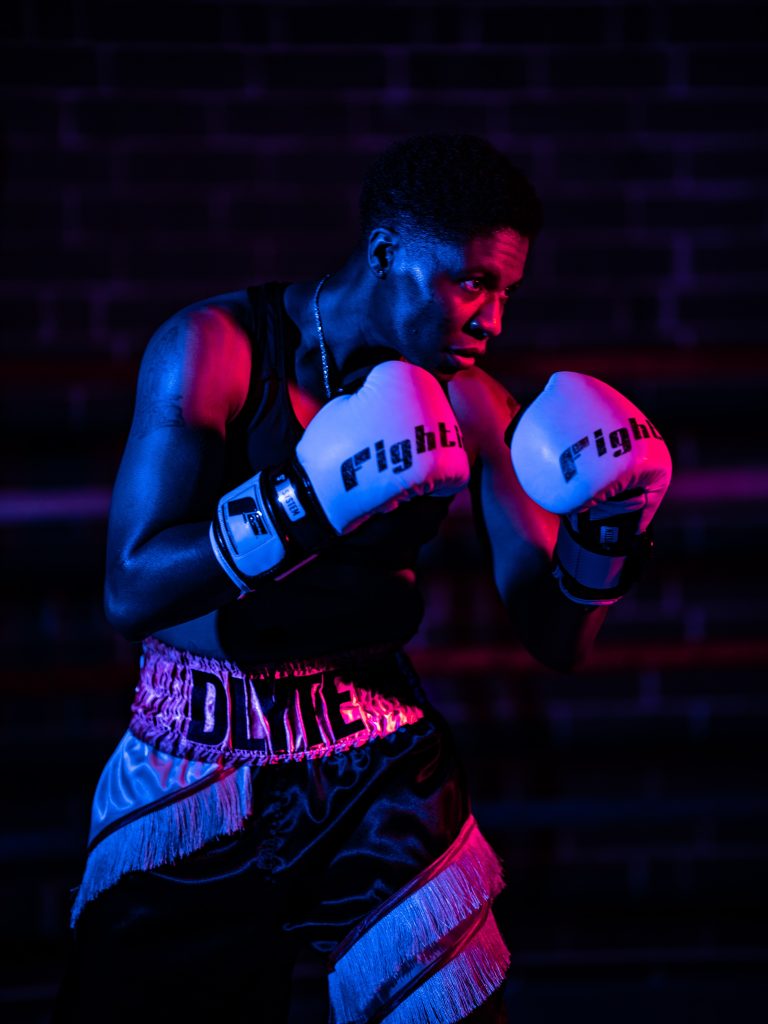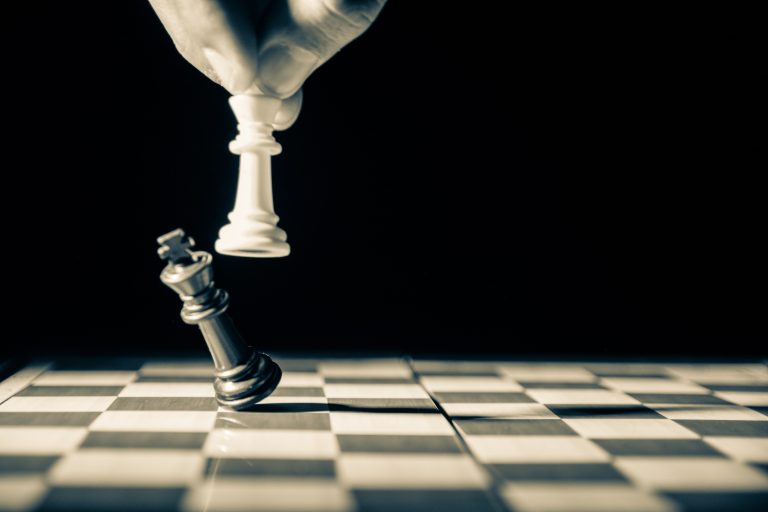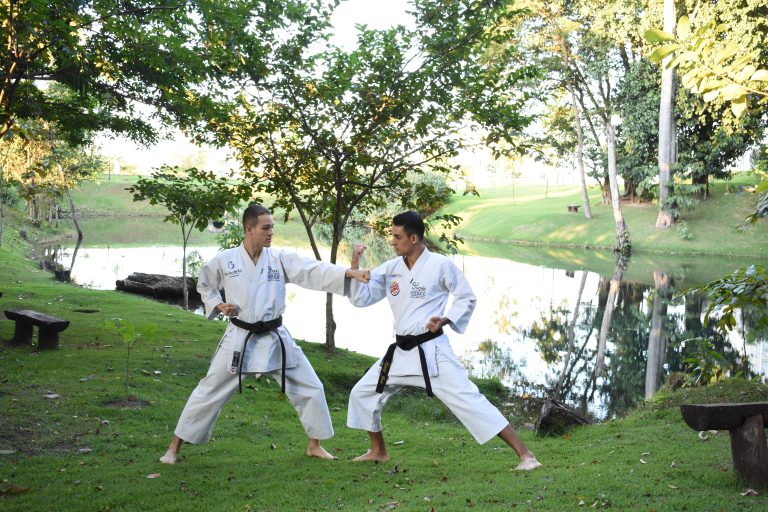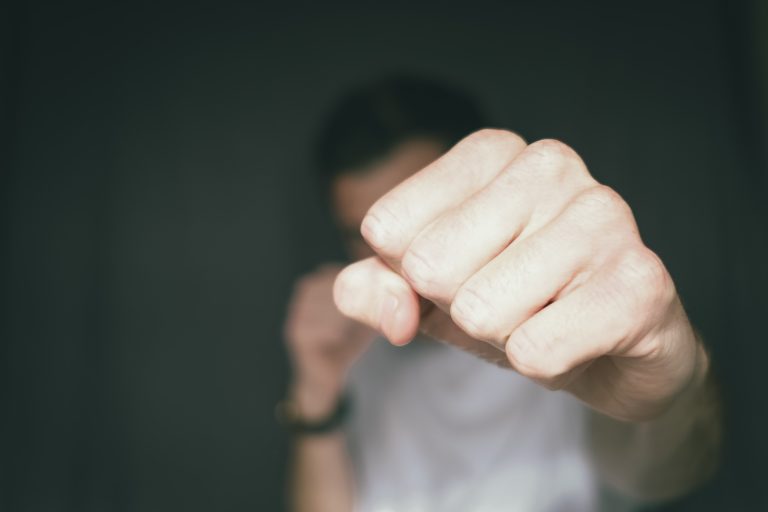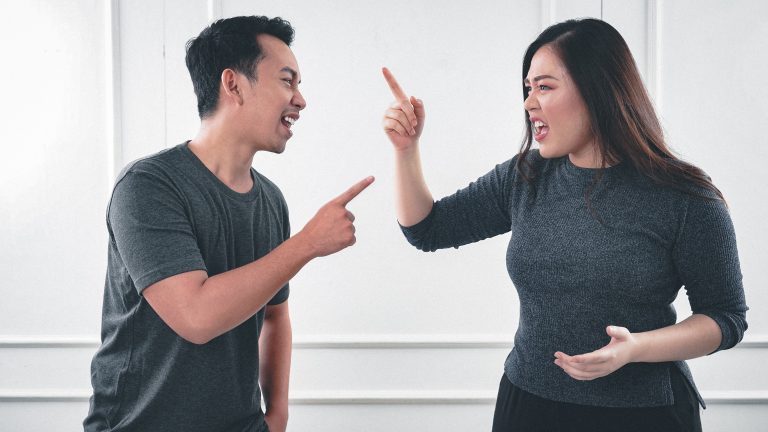As martial arts become more and more popular, your interest in them can peak and you may start to consider the practitioners of martial arts, that is, martial artists. One of the most exciting and inspiring martial arts of all is karate. With its complex techniques, exquisite forms and strength of purpose, karate is an awesome form of martial arts. However, as with any martial art or exercise, many questions arise as to how to achieve success in karate. How important is posture and stance when practicing karate?
Understanding the Role of Posture and Stance When Practicing Karate
The role of posture and stance when practicing karate is significant. Karate has been described as “75% attitude”, and this means that having good posture and stance are essential components to the practice of karate. In essence, the quality of your technique is closely tied to the quality of your posture and stance. Your body must be properly aligned to ensure maximum advancement and reduce injury risk.
Furthermore, correct posture and stances are essential because they help coordinate movements over wider areas of the body, helping to produce fluid and powerful techniques. In order to properly use techniques such as blocking and striking, good posture and stances also help balance the body so that you may move quickly, protecting yourself from attack.
Different Styles of Posture and Stance
There are many different styles of postures and stances used when practicing karate. Generally, these styles range from rigid and upright, to a more relaxed approach. While all postures and stances should include some sense of balance to help ensure that the body can move effectively, various styles will emphasize different areas of the body.
Relaxed Posture and Stance
The relaxed posture and stance is often used as a defensive posture when practicing karate. This stance commonly involves bending the knees slightly, dropping the shoulders, keeping the head held high and arms relaxed by your sides while standing sufficiently upright so both feet are fully on the ground. This style is often used as a reactionary type of defense in which you can sense or react to an attack by immediately becoming relaxed, which gives you a shorter response time.
Upright Posture and Stance
In contrast to the relaxed posture and stance, the upright posture and stance is often used as an offensive stance during practice. This style involves standing straight with feet placed beneath your hips or slightly apart from each other and arms kept near your sides. Being positioned upright allows you to move efficiently, cover more ground if needed, and keep your guard up for protection against any attack.
The upright posture and stance are generally used more often than its relaxed counterpart but will vary depending on which type of kata or technique is being performed. For example, some straight-line approaches may require more head height while some circular ones may require more mobility at different angles around your core body area.
The Importance of Focusing Your Mind on Posture and Stance
Proper body posturing is important but it’s also important to focus your mind on posture and stance in karate. This will help ensure that you get the most out of your practice by performing each technique with clarity and purpose. Concentrating on your posture when practicing forces you to pay attention to the details, like how you’re shifting your weight during an uppercut or blocking an opponent’s kick. It also helps build discipline so that you can prepare for a fight with confidence.
The mental aspect of posture and stance is also important when feeling frustrated or unmotivated during practice. Taking a few moments to focus your mind on proper posturing may help reset your attitude as well as refocus your attention on the task at hand by emphasizing the importance of each technique or move you make with karate.
Tips for Improving Posture and Stance
To help improve your posture and stance while practicing karate consider applying the following tips:
- Begin by standing with your feet hip-width apart.
- Keep your knees slightly bent.
- Engage your core.
- Align your hips with your shoulders.
- Keep your chin tucked in but do not shrug your shoulders up.
- Allow your arms to relax by your sides.
- Look straight in front of you with eyes focused – do not look down at the mat or up at the ceiling.
- Find a point or object in front of you that helps you maintain focus.
- Ensure that you breathe correctly and maintain good breathing technique – do not focus too much on physical alignment at the expense of relaxation and breath control.
When applying these tips it is important to remember that proper posturing requires constant practice. This means dedicating time during each training session to focus on posturing, both physically and mentally. Additionally, if possible try training in front of a mirror so can immediately gauge how well you are posturing. Through revisiting these tips regularly you should begin to see a noticeable difference over time in how well you perform each technique with correct posturing.
Conclusion
Karate is a powerful form of martial arts that can provide both physical and mental benefits to those who practice it. Proper posture and stance form an important part of any training regime; emphasizing good balance, control and relaxation while helping to reduce injury risk. There are many different styles of posturing and stances used in karate; from relaxed posturing which is best used as a defensive tactic to upright posturing which is often used offensively.
No matter which type of posturing you choose to use it is important to remember that it must be practiced consistently – this will not only help ensure success in practice but also help build discipline when feeling frustrated or unmotivated but focusing on each technique’s proper form. By using all of these tips, you can ensure that you get the most out of your training session while mastering proper posturing when practicing karate.
Inhaltsverzeichnis

